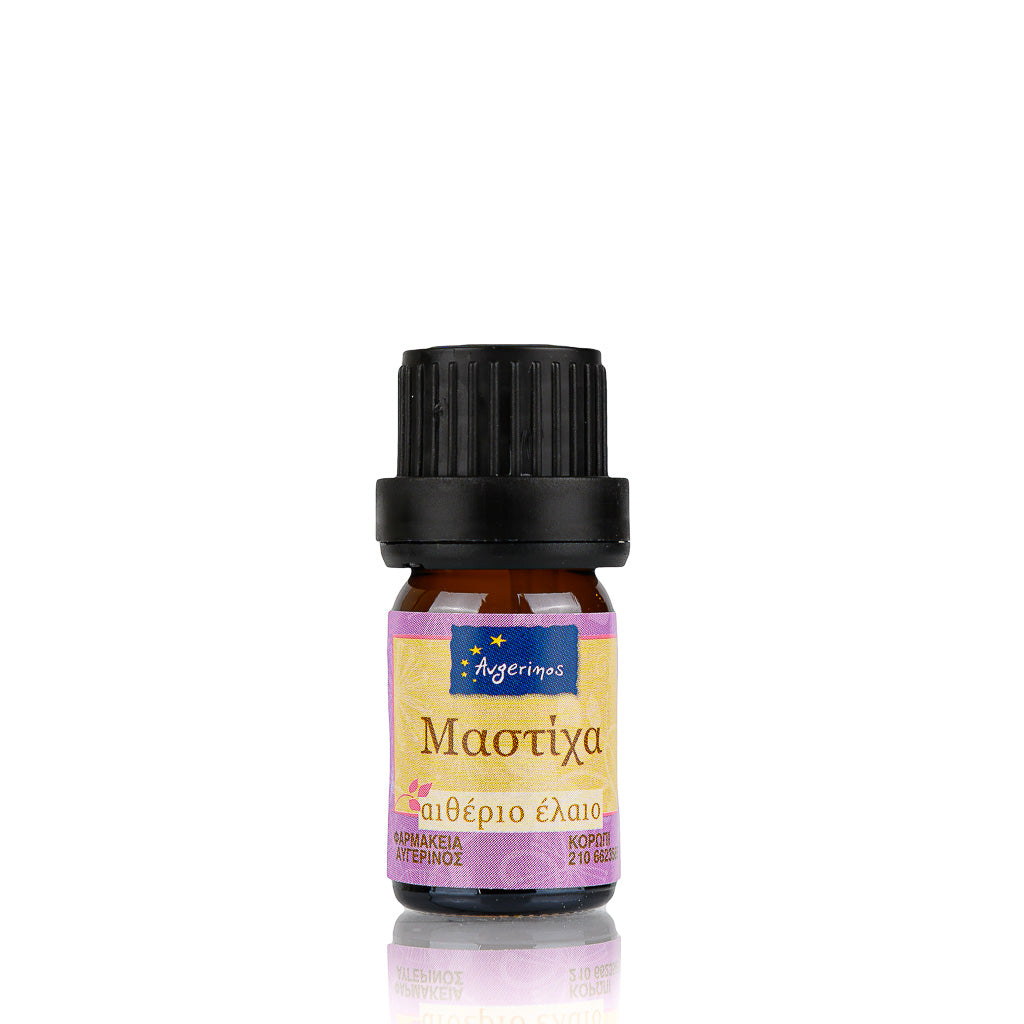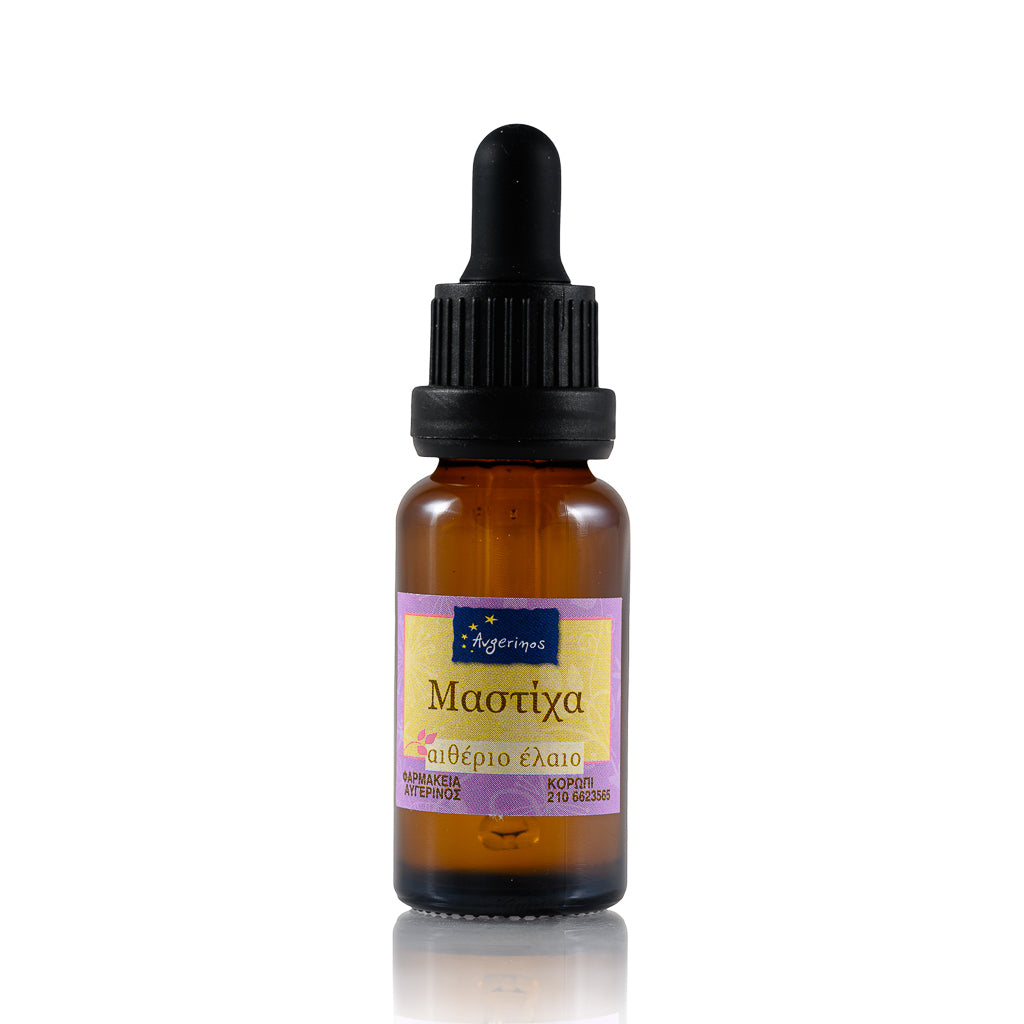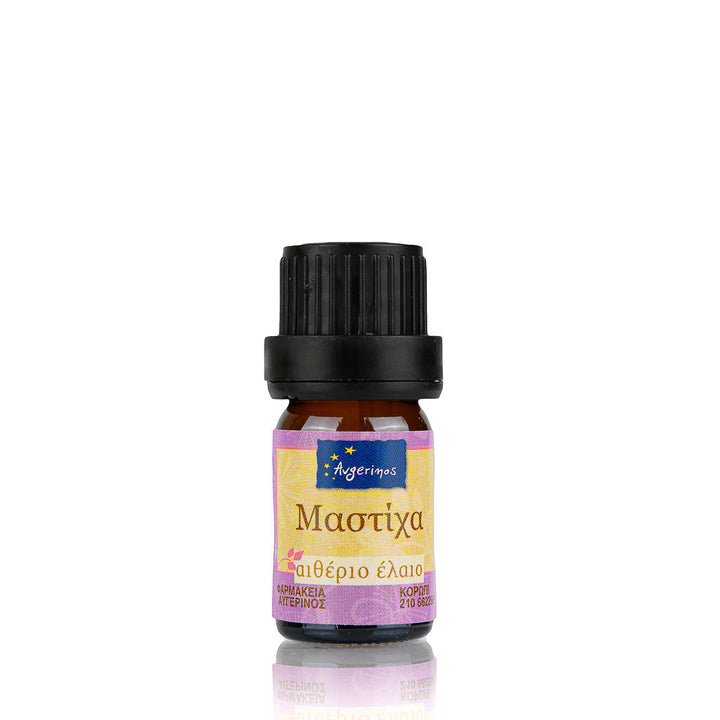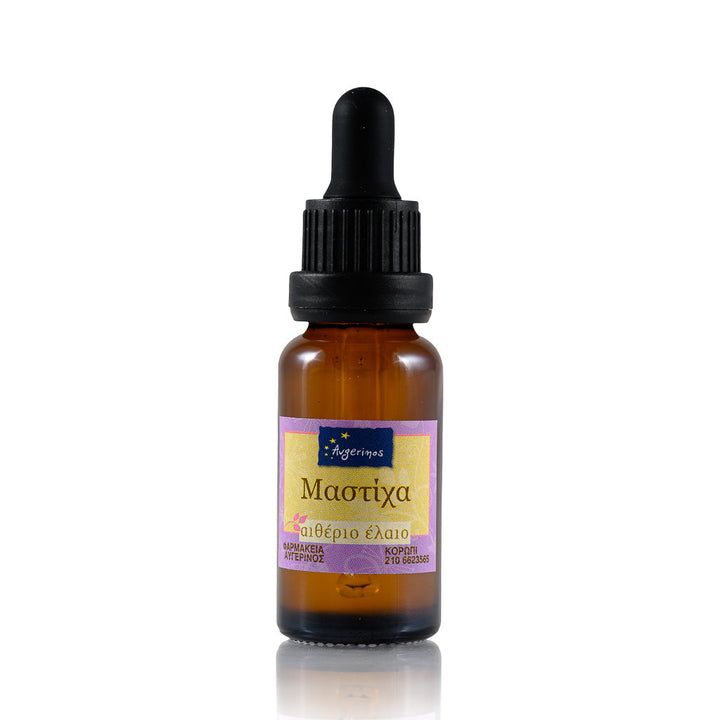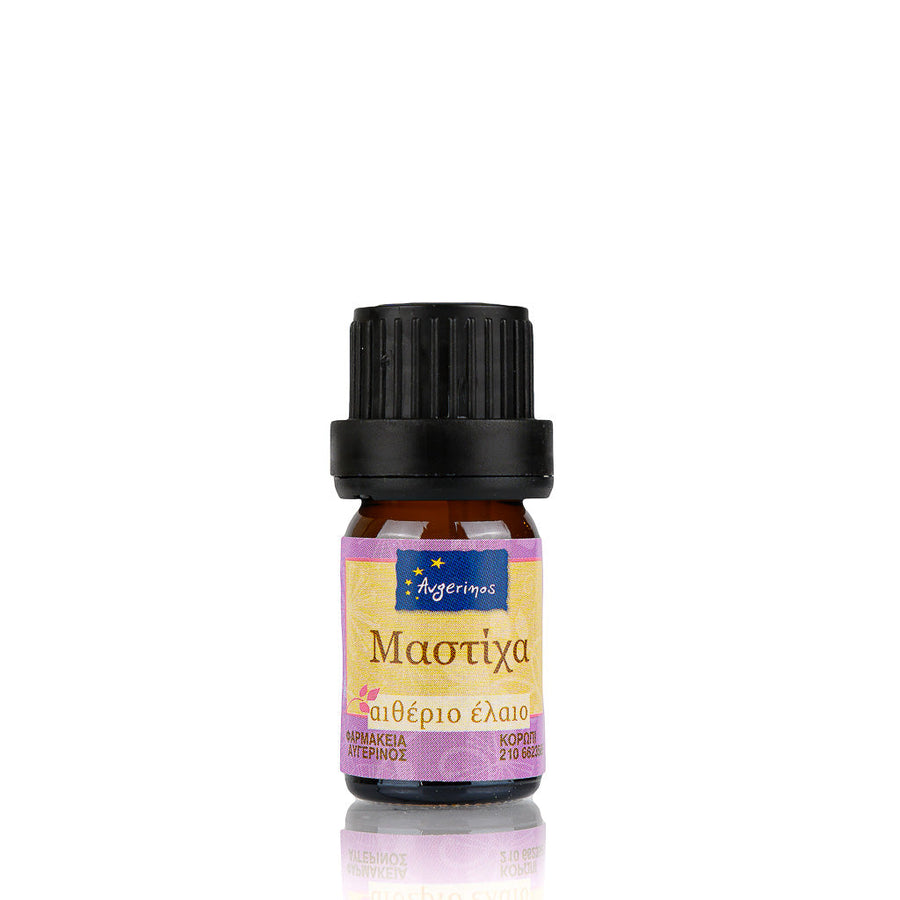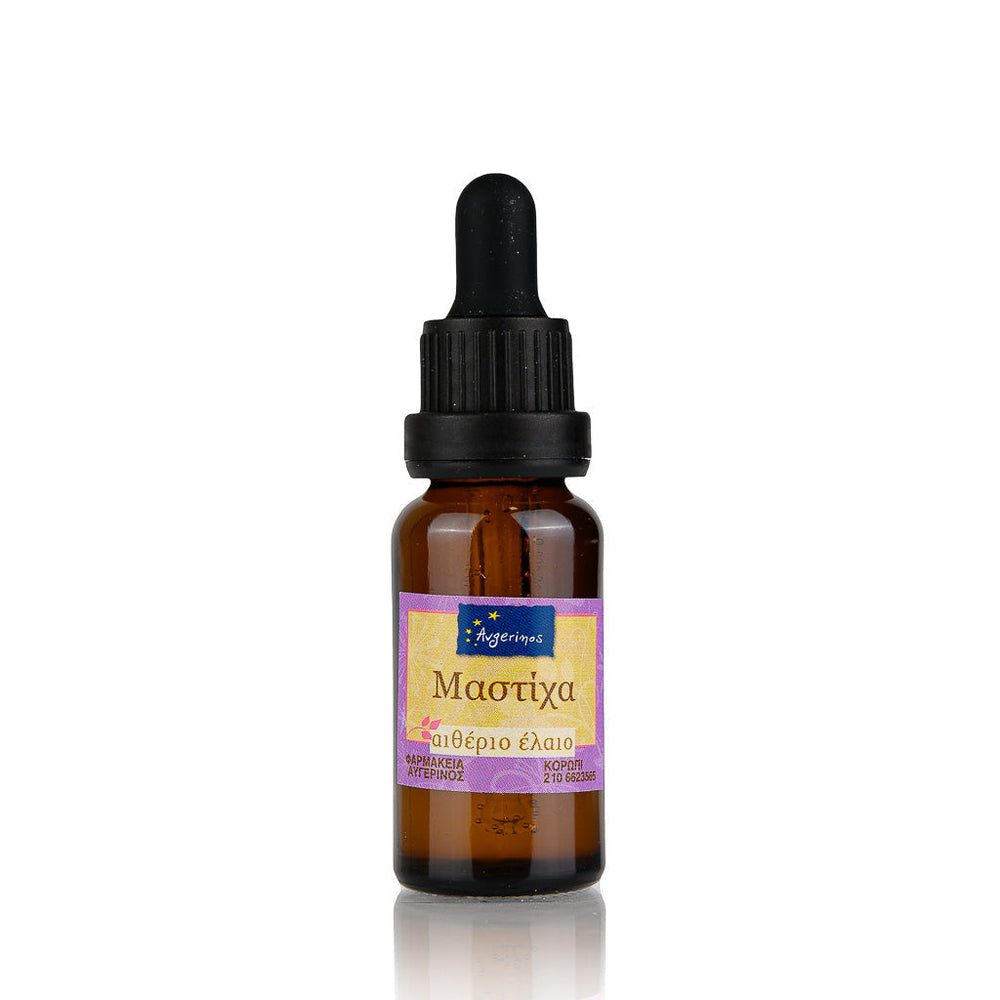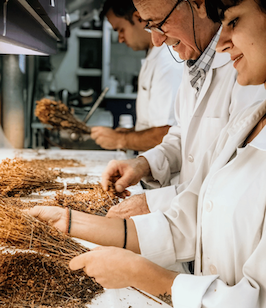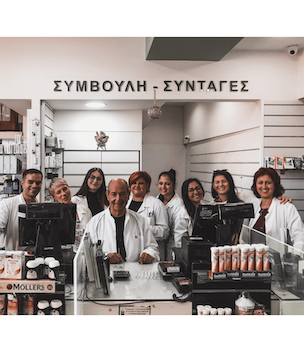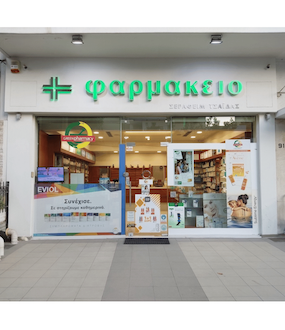
4+1 GIFT!
Mastic Characteristics
Mastic comes from the trunk of the mastic tree (Pistacia Lentiscus), which belongs to the evergreen shrub family. It is produced from the trunk of the plant as a resin during the summer and autumn months of the year. During these months the bark of the plant is injured to collect the mastic and during the winter months the mastic is cleaned. When extracted from the trunk, it is transparent and sticky, extremely aromatic, but when it dries, hardens, acquires a white and yellow color.
This impressive plant can grow up to 4 meters and live for about 100 years.
Regarding the soil and climate in which it thrives, the plant grows only in South Chios. This fact is probably due to the microclimate and the underwater volcanoes that benefit the soil. There have been attempts to cultivate it in other areas inside and outside Greece without success.
The medicinal properties of mastic have been known since ancient times and have been recognized for many years by the European Medicines Agency. It is used for its healing action against dermatological diseases, oral wounds, gastrointestinal diseases, as well as as an anti-inflammatory, antimicrobial, and antifungal agent.
History of mastic
The cultivation of mastic dates back to the 3rd century BC and references to mastic can be found from the 5th century BC, when the historian Herodotus describes how the ancient Greeks chewed the natural resin of the mastic tree. It is also included in other ancient texts that recognized its medicinal properties and advised its use.
its inclusion in the daily diet.
The medicinal properties of the mastic tree also became known to Roman aristocrats, who added it to wine and even exploited the bark of the plant by using mastic tree toothpicks as a natural teeth whitener.
The popularity of mastic soared during the Byzantine Empire in the 10th century. The island of Chios was a treasure trove of the empire and mastic became sought after in the trading centers of Europe and Asia.
The existence of mastic, also known as “the precious tear”, is explained according to the tradition of the island where in 250 AD the plant began to weep when Saint Isidore was martyred.
Mastic is produced in 24 settlements on the island that have been designated as traditional settlements by the Greek Ministry of Culture.
Today, mastic is a sought-after material and is used in the production of oral hygiene products, ouzo, baked goods, nutritional supplements, pharmaceutical preparations, cosmetics and more.
Ingredients
Mastic essential oil from the trunk of the Pistacia Lentiscus tree.
Chemical composition of mastic essential oil
α-pinene 82.26%, β-pinene 2.96%, β-myrcene 1.92%, p-cymene, limonene, linalool, camphenal, β-caryophyllene, (E) – Me isoeugenol.
Ways of use
- In a basin of warm water, add 5-6 drops of mastic essential oil, use a cloth or towel for hot compresses. Hot compresses with mastic essential oil soothe menstrual symptoms and relieve rheumatic pain.
- Add a few drops to almond oil and massage to improve blood circulation.
- To clean your space from germs, add a few drops to a burner. Additionally, the steam can clean the air ducts.
- For an effective air freshener, add 5-8 drops to a container of water. Shake before each use and spray where needed.
- Blends well with lemon, lavender and cinnamon essential oil
Useful tips
- The use of essential oils should be avoided during pregnancy, breastfeeding and by young children.
- Avoid direct contact with skin, eyes and mouth.
- Always use essential oils dissolved in a base oil or other catalyst.
Returns Policy & Changes
Free shipping for all changes and returns until 14 calendar days after delivery. OR change of an object has never been easier with the new Stock Credit service by Avgerinos.
Necessary conditions are the presentation of the receipt/invoice inside the package and the condition of the products. The products must be like new and not opened or used. There are specific products that cannot be returned for health reasons. After we receive and check your return package, we will issue the corresponding Voucher/Gift Card with the same amount of money which you can use on our site.
In case the your products must be withdrawn fully we publish your refund using the same payment method you used was used for the original purchase.
The return costs are free of charge, excluding any additional costs incurred are due to your choice of delivery method used other than the cheapest standard delivery method that we we offer.
For all details you can Read our full refund and change policy here.
Address where they are carried out The returns are as follows: 138 Vasileos Konstantinou, Koropi 19400, T +30 210 6623565
Time & Hours Delivery
Delivery Time: (you calculate the start date as the shipping date, not the order date, and only business days are taken into account).
- Land destinations: 1-2 business days
- Island destinations: 2-3 working days
- Hard-to-reach areas: 2-5 business days
- Delivery days are from Monday - Friday.
- Delivery Hours: 9:00am- 6:00pm (Approximately)
Shipping Costs & Cash on Delivery
- With BOX NOW, shipping costs are €2.95.
- By COURIER, shipping costs for all of Greece are 4.50€.
- Cash on delivery is FREE
- Most parcels are up to 2kg, soEach additional kilo is charged at 1€.
avgerinospharmacy.gr cannot be held responsible for the consequences due to delayed delivery or loss of your package by the carrier or due to force majeure. In case of non-receipt of the package within the stated deadlines, an investigation will be carried out with the carrier and will last up to 15 days. During this period, no compensation or reshipment will be possible.
For all details you can read the full shipping & handling policy us here.
4+1 gift!
Buy 4 Get 5




